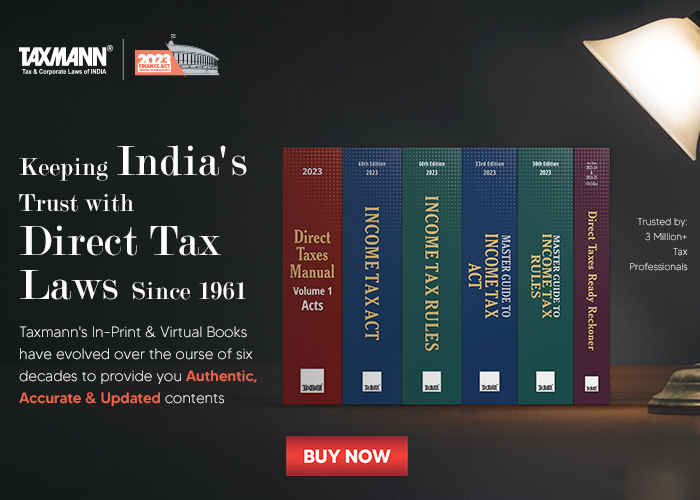[Analysis] MCA Proposes Expansion of Fast-Track Merger Route under Companies Act, 2013
- Blog|Advisory|Company Law|
- 6 Min Read
- By Taxmann
- |
- Last Updated on 15 April, 2025
A Fast-track Merger is a streamlined merger or amalgamation process under Section 233 of the Companies Act 2013, allowing eligible companies—such as holding companies and their wholly-owned subsidiaries, small companies, start-ups, and, under proposed amendments, certain unlisted companies—to bypass the National Company Law Tribunal (NCLT) for approval. Instead, these mergers are cleared administratively by the Central Government, resulting in quicker turnaround times, reduced legal complexities, and lower costs. The government aims to simplify internal restructuring, promote efficient resource allocation, and foster business growth by expanding the categories of companies that qualify for fast-track mergers. This approach is particularly advantageous for start-ups, family-owned businesses, and corporate groups looking to reorganise or consolidate operations swiftly and cost-effectively.
Table of Contents
- Introduction
- Background—Aligning with the Union Budget 2025-26
- Regular vs. Fast-Track Merger Process Under the Companies Act, 2013
- Eligibility and Procedure for Fast-Track Mergers under Section 233 of the Companies Act, 2013
- Proposed Expansion of Rule 25 to Widen Fast-Track Merger Eligibility u/s 233 of the Companies Act, 2013
- Impact of Expanded Fast-Track Mergers
1. Introduction
Imagine a company like ABC Innovations Pvt Ltd, a start-up that recently merged with its wholly owned subsidiary, ABC Energy Solutions.” Since ABC Energy was a 100% subsidiary, the merger could be executed through the fast-track route under Section 233 of the Companies Act 2013, enabling a streamlined and efficient process.
However, if ABC wanted to merge with another group company in which it holds, say, 85% of the shares, the merger would have to follow the longer and more complex route under Sections 230–232—even though both companies operate under the same corporate umbrella and share a common business vision.
This disparity in procedural requirements creates unnecessary regulatory friction in group-level restructuring exercises. To streamline such processes, the Ministry of Corporate Affairs (MCA) recently issued a Draft Notification on April 6, 2025, proposing key amendments to the Companies (Compromises, Arrangements and Amalgamations) Rules, 2016. These changes aim to simplify and speed up mergers by expanding fast-track routes and easing internal restructuring in India.
2. Background—Aligning with the Union Budget 2025-26
This proposed amendment is not a standalone initiative—it forms part of a broader vision outlined in the Union Budget 2025–26, where the Honourable Finance Minister emphasised the need to simplify complex corporate processes and expedite economic reforms. The proposed relaxation in fast-track merger eligibility directly stems from that commitment.
3. Regular vs. Fast-Track Merger Process Under the Companies Act, 2013
Sections 230–232 of the Companies Act 2013 lay down a legal framework for compromises, arrangements, and mergers applicable to all categories of companies, including listed, unlisted, private, and public entities. This process involves multiple stages and requires approval from the National Company Law Tribunal (NCLT), making it relatively lengthy and complex.
In contrast, Section 233 of the Act provides a simplified and fast-track mechanism for mergers/amalgamations, specifically available to certain classes of companies—namely, two or more small companies, a holding company and its wholly-owned subsidiary, or start-up companies. This route bypasses the National Company Law Tribunal (NCLT) unless the Central Government, upon receipt of objections or suggestions, considers it necessary to refer the scheme to the Tribunal for approval. Instead, requisite approvals are obtained administratively from the Central Government (through the Regional Director), making the process quicker, more cost-effective, and efficient for eligible companies.
4. Eligibility and Procedure for Fast-Track Mergers under Section 233 of the Companies Act, 2013
Presently, section 233 of the Companies Act 2013 provides a simplified process for mergers or amalgamations in the following cases –
- Two or more small companies
- A holding company and its wholly-owned subsidiary
- Two or more start-up companies
- One or more start-up companies with one or more small companies
4.1 Conditions
The following conditions must be satisfied to avail the fast-track merger route –
- The transferor and transferee companies must issue a notice inviting objections/suggestions from the Registrar, Official Liquidator, and persons likely to be affected by the scheme.
- The scheme must be approved by at least 90% of the shareholders and 90% of the value of creditors of each company.
- Each company must file a declaration of solvency with the Registrar.
4.2 Filing & Approval Procedure
The filing and approval procedure is as follows –
- The transferee company must file the scheme of merger or amalgamation with the Central Government, along with copies to the Registrar and the Official Liquidator.
- If the Registrar or the Official Liquidator does not object, the Central Government may issue confirmation and register the scheme.
- If objections are received, the Central Government may, within 60 days, refer the scheme to the Tribunal under Section 232 for further consideration.
The Tribunal may either direct the scheme to be considered under the regular merger provisions of Section 232 or confirm the scheme under the fast-track process, as deemed appropriate.
4.3 Consequences of Scheme Registration and Compliance Requirements for Transferee Company
Upon registration of the scheme by the Central Government –
- The transferor company is deemed to be dissolved without the requirement to wind up.
- All assets, liabilities, charges on properties, and pending legal proceedings of the transferor company are transferred to and become part of the transferee company as if they were originally initiated against or in favour of the transferee company.
- Any dues payable to dissenting shareholders or creditors become the liability of the transferee company.
- The transferee company must cancel any shares held in itself, either directly or through its trusts/subsidiaries, file revised authorised capital, and pay an applicable fee.
5. Proposed Expansion of Rule 25 to Widen Fast-Track Merger Eligibility u/s 233 of the Companies Act, 2013
The MCA has notified the draft Companies (Compromises, Arrangements and Amalgamations) Amendment Rules, 2025. Through these draft rules, the MCA proposes to expand the scope of fast-track mergers under Section 233 of the Companies Act, 2013 by amending Rule 25 relating to “Merger of Amalgamation of certain companies”
Currently, Rule 25(1A) permits a scheme of merger or amalgamation under Section 233 only between
- two or more start-up companies or;
- one or more start-up companies with one or more small companies.
The proposed amendment seeks to include an additional class of companies within this framework, broadening the categories eligible for the simplified fast-track merger process. The key inclusions are discussed below –
5.1 Merger Between Unlisted Companies (Other Than Section 8 Companies)
It is proposed to include one or more unlisted companies (excluding Section 8 companies) to merge with one or more unlisted companies, subject to the condition that each company involved satisfies the following conditions on a date not more than 30 days before the issuance of the merger notice:
- The company’s aggregate borrowings from banks, financial institutions, or corporate do not exceed Rs. 50 crore, and
- There is no default in the repayment of such borrowings.
Further, an auditor’s certificate confirming compliance with these conditions must be attached to the application filed under Section 233. This amendment aims to facilitate mergers between unlisted companies with low debt and strong financial standing. Section 8 companies are explicitly excluded from this category.
5.2 Merger of Holding Company with its Unlisted Subsidiaries
It is proposed to allow a holding company—whether listed or unlisted—to merge with one or more of its unlisted subsidiaries under the fast-track route. Presently, only mergers involving wholly-owned subsidiaries are permitted under Section 233. This amendment will enable greater flexibility in corporate group restructuring by covering holding-subsidiary mergers where the subsidiaries are unlisted.
5.3 Merger Between Fellow Subsidiaries of the Same Holding Company
The draft rules propose to include fellow subsidiaries, i.e. companies that are subsidiaries of the same holding company, within the ambit of fast-track mergers. However, such fellow subsidiaries are unlisted.
Under the current regulatory framework, such combinations are not eligible for the fast-track route. This proposed expansion acknowledges corporate group reorganisation’s commercial and operational realities, facilitating smoother internal consolidation processes.
5.4 Inclusion of Certain Cross-Border Mergers
It is also proposed to integrate into Rule 25, the provision currently found under Rule 25A(5), which permits the merger of a foreign holding company (incorporated outside India) with its wholly owned Indian subsidiary. The amendment seeks to create a more unified, cohesive and self-contained framework for fast-track mergers, especially for multinational groups within an Indian subsidiary structure.
6. Impact of Expanded Fast-Track Mergers
The proposed expansion of fast-track mergers under Section 233 of the Companies Act 2013 offers a significant advantage to companies aiming for rapid growth or restructuring. It will now allow more types of companies to merge easily without going through the time-consuming NCLT process. This change will save time, cut legal expenses, and help start-ups, family businesses, and corporate groups manage their operations more smoothly and smartly.
Disclaimer: The content/information published on the website is only for general information of the user and shall not be construed as legal advice. While the Taxmann has exercised reasonable efforts to ensure the veracity of information/content published, Taxmann shall be under no liability in any manner whatsoever for incorrect information, if any.
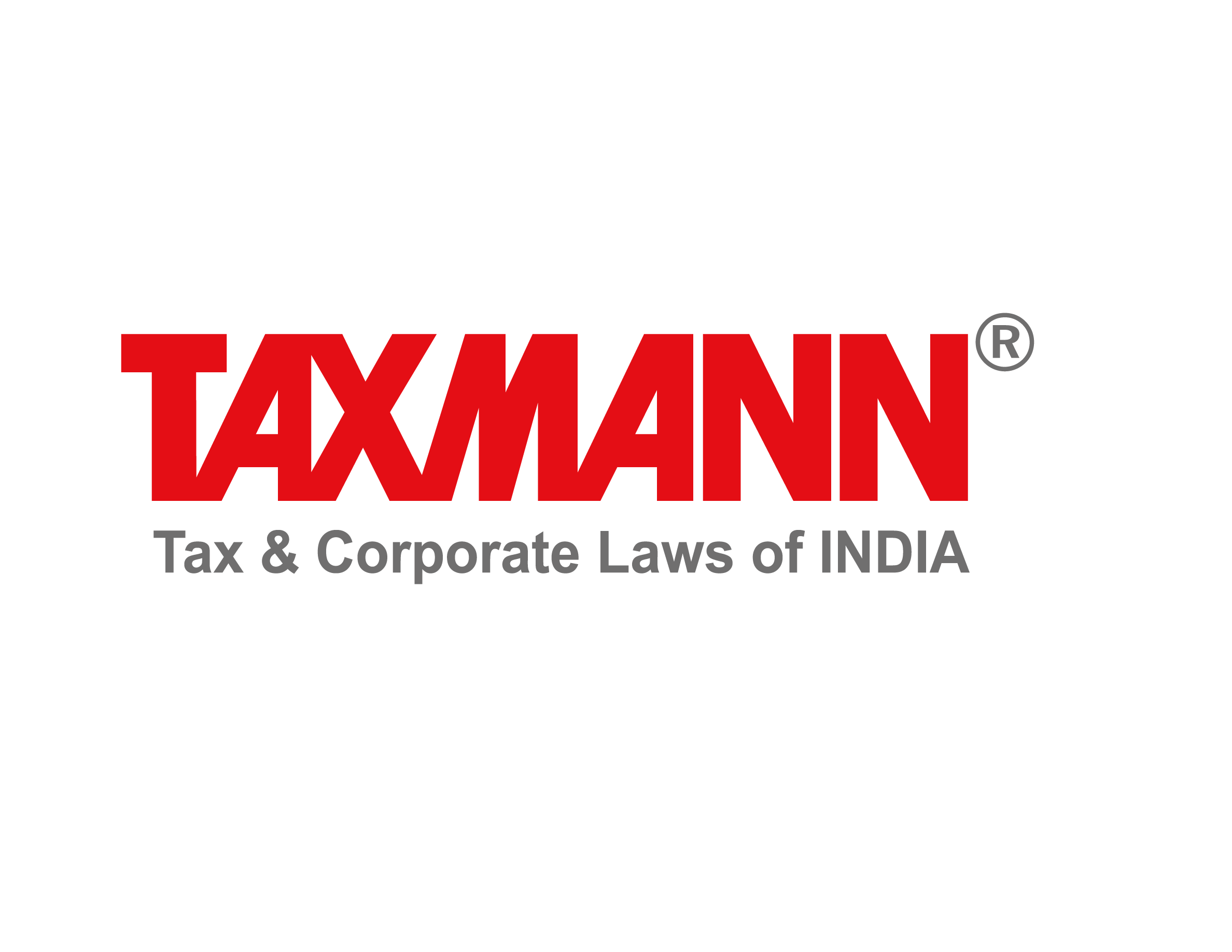
Taxmann Publications has a dedicated in-house Research & Editorial Team. This team consists of a team of Chartered Accountants, Company Secretaries, and Lawyers. This team works under the guidance and supervision of editor-in-chief Mr Rakesh Bhargava.
The Research and Editorial Team is responsible for developing reliable and accurate content for the readers. The team follows the six-sigma approach to achieve the benchmark of zero error in its publications and research platforms. The team ensures that the following publication guidelines are thoroughly followed while developing the content:
- The statutory material is obtained only from the authorized and reliable sources
- All the latest developments in the judicial and legislative fields are covered
- Prepare the analytical write-ups on current, controversial, and important issues to help the readers to understand the concept and its implications
- Every content published by Taxmann is complete, accurate and lucid
- All evidence-based statements are supported with proper reference to Section, Circular No., Notification No. or citations
- The golden rules of grammar, style and consistency are thoroughly followed
- Font and size that’s easy to read and remain consistent across all imprint and digital publications are applied
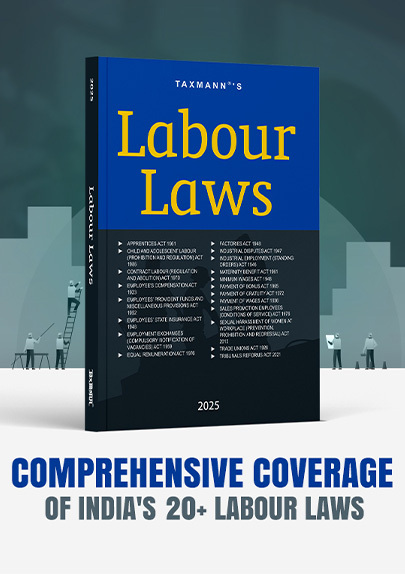


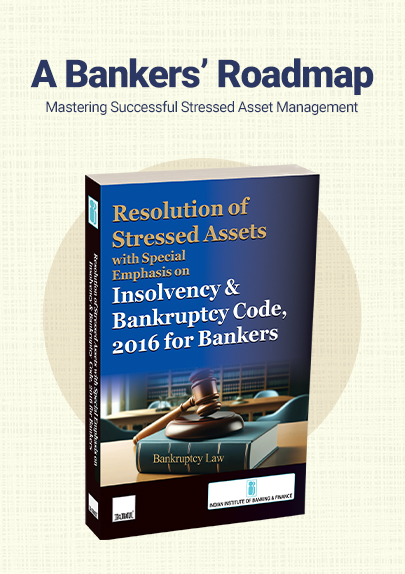
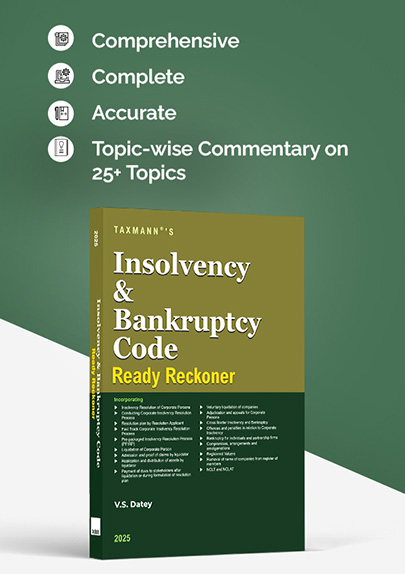

 CA | CS | CMA
CA | CS | CMA


